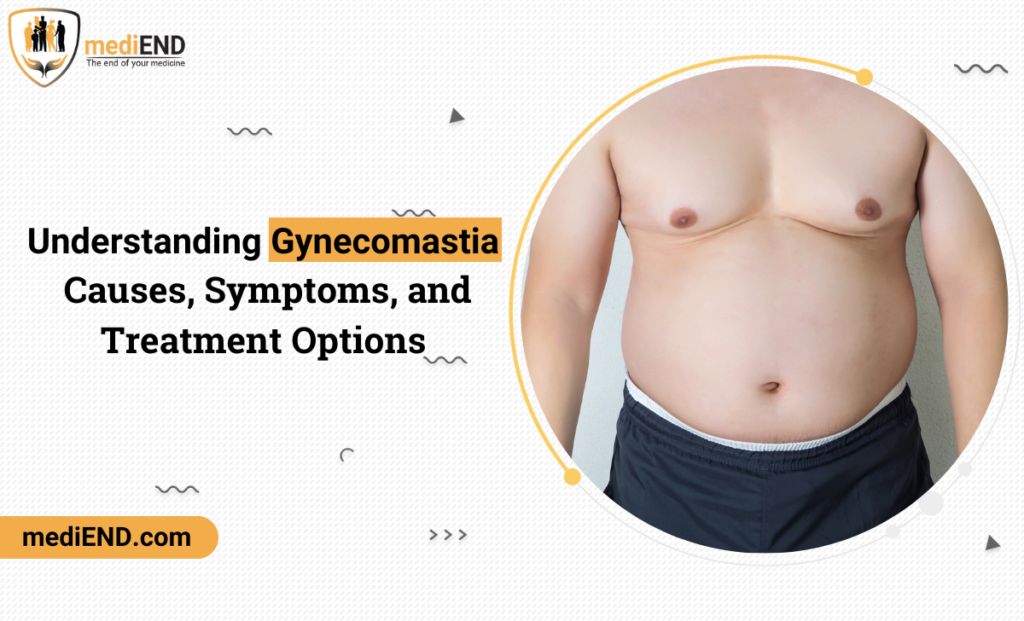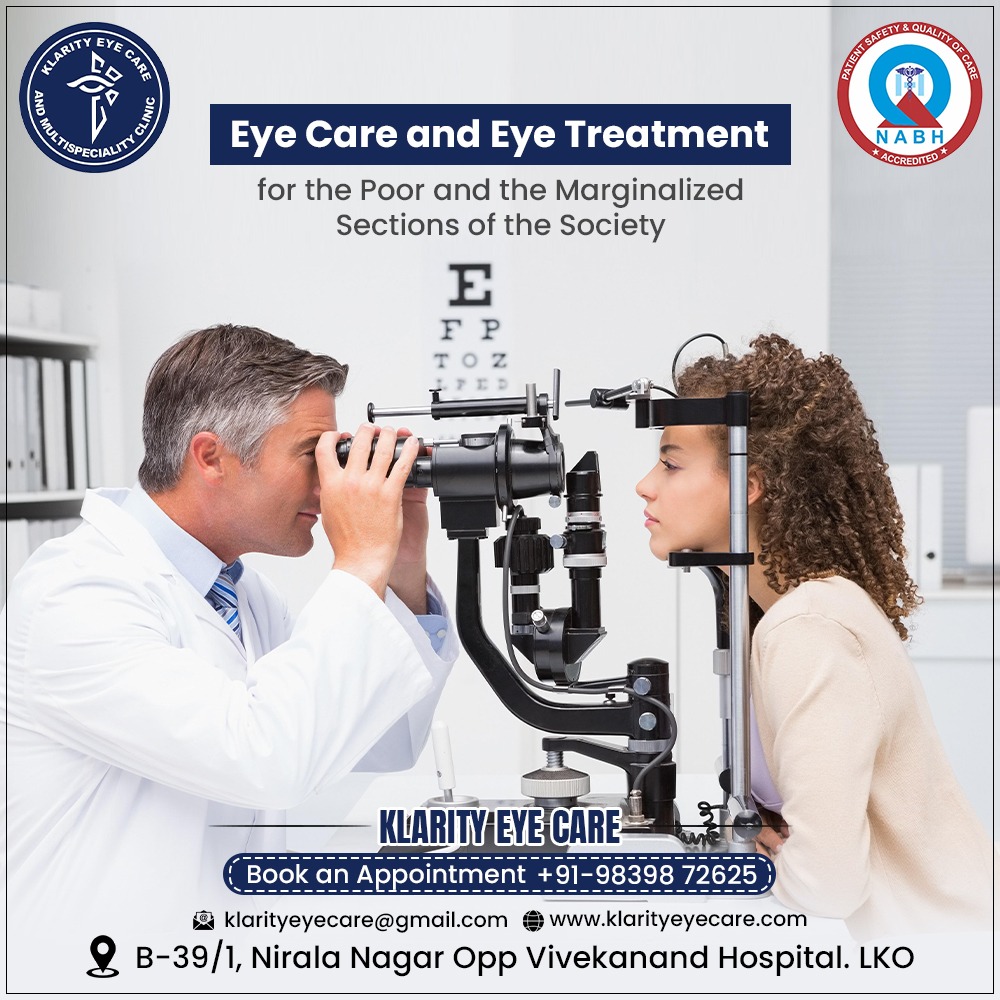The healthcare industry is experiencing a digital revolution, and one of the key drivers of this transformation is predictive analytics. Predictive analytics in healthcare uses data, statistical algorithms, and machine learning techniques to predict future outcomes based on historical data. By harnessing the power of predictive models, healthcare providers can make more informed decisions, improve patient care, and reduce costs. This article explores the benefits of predictive analytics in healthcare and how it is reshaping the future of medicine.
What is Predictive Analytics in Healthcare?
Predictive analytics in healthcare involves the use of algorithms and statistical models to analyze healthcare data and forecast future health outcomes. These predictions can help healthcare providers make data-driven decisions, optimize resource utilization, improve patient outcomes, and reduce overall healthcare costs. Predictive models are created using various sources of healthcare data, including electronic health records (EHR), medical imaging, patient demographics, genetic information, and wearable devices.
In essence, predictive analytics helps healthcare providers shift from reactive to proactive care, allowing them to anticipate potential health issues and address them before they become serious problems. Below are the key benefits of predictive analytics in healthcare.
1. Improved Patient Outcomes
One of the primary benefits of predictive analytics in healthcare is its ability to improve patient outcomes. By analyzing historical patient data, predictive models can identify patients at risk of developing certain conditions, such as heart disease, diabetes, or chronic respiratory illnesses. Early identification allows for timely interventions that can significantly reduce the severity of the disease or prevent its progression altogether.
For example, predictive analytics can help identify patients with early-stage diabetes by analyzing factors such as blood sugar levels, family history, and lifestyle choices. Early intervention through lifestyle changes and medication can prevent the development of more severe complications like diabetic retinopathy or neuropathy, ultimately leading to better health outcomes.
Key Benefits:
- Allows for earlier detection of diseases
- Enables timely interventions and preventive measures
- Reduces the risk of complications and improves long-term health
2. Cost Reduction and Resource Optimization
Healthcare systems are often burdened with rising costs, and predictive analytics offers a way to reduce these costs while improving efficiency. Predictive models can help identify patients at risk for costly medical events, such as hospital readmissions or emergency room visits, allowing providers to intervene early and prevent these events from occurring.
For instance, predictive analytics can flag patients who are at high risk for readmission to the hospital after discharge. Healthcare providers can then arrange follow-up care or ensure that patients are adhering to treatment plans, reducing the likelihood of readmission. By preventing these costly events, hospitals can save significant amounts of money and allocate resources more effectively.
Key Benefits:
- Reduces unnecessary hospital readmissions and ER visits
- Improves the allocation of resources such as staff and medical equipment
- Minimizes the financial burden on healthcare organizations
3. Personalized Treatment Plans
Predictive analytics in healthcare enables personalized medicine, which is the tailoring of medical treatment to individual patients based on their unique characteristics. By analyzing data such as genetic information, treatment history, and lifestyle factors, predictive models can predict how a patient will respond to a particular treatment, helping doctors choose the most effective therapy.
For example, in oncology, predictive models can be used to analyze a patient’s genetic profile and predict how they will respond to chemotherapy or targeted therapies. This allows healthcare providers to select the most appropriate treatment options, reducing the trial-and-error process and minimizing the side effects associated with ineffective treatments.
Key Benefits:
- Offers customized treatment plans based on individual patient data
- Reduces the likelihood of adverse reactions or ineffective treatments
- Increases the effectiveness of treatments by targeting specific patient needs
4. Enhancing Disease Prevention and Management
Predictive analytics is particularly useful in the prevention and management of chronic diseases. Chronic conditions such as diabetes, hypertension, and heart disease require ongoing management, and predictive analytics can help healthcare providers identify patients who are at risk of developing these conditions.
For instance, predictive models can analyze a patient’s family history, lifestyle choices, and biometric data (e.g., blood pressure and cholesterol levels) to predict the likelihood of developing cardiovascular disease. Armed with this information, healthcare providers can recommend preventive measures, such as lifestyle changes or medications, to reduce the risk of developing heart disease.
Key Benefits:
- Helps identify patients at risk for chronic diseases before symptoms appear
- Facilitates the development of personalized prevention plans
- Supports the ongoing management of chronic conditions, reducing complications
5. Improving Population Health Management
Predictive analytics can also be applied at the population level to improve public health outcomes. By analyzing data from a large number of patients, healthcare organizations can identify trends and risk factors that affect entire populations. This information can be used to develop public health strategies and interventions aimed at reducing the prevalence of certain diseases or conditions.
For example, predictive analytics can help public health officials identify regions with high rates of flu outbreaks, allowing them to allocate vaccines and other resources to the affected areas. Additionally, it can help monitor the spread of infectious diseases like COVID-19 and predict future outbreaks, enabling timely interventions to limit the spread of the disease.
Key Benefits:
- Improves the health of entire populations through targeted interventions
- Enables early detection of disease outbreaks and trends
- Helps allocate resources effectively in response to public health issues
6. Improved Decision-Making and Workflow Optimization
Predictive analytics in healthcare also supports decision-making and workflow optimization by providing healthcare providers with actionable insights. Predictive models can help clinicians determine the best course of action for their patients based on data-driven predictions. This can lead to more informed decision-making and better outcomes for patients.
Moreover, predictive analytics can be used to optimize hospital workflows by predicting patient demand and ensuring that adequate resources are available. For instance, predictive models can forecast patient volumes in the emergency department, allowing hospitals to adjust staffing levels and prepare for surges in patient traffic.
Key Benefits:
- Enhances clinical decision-making by providing data-driven insights
- Streamlines hospital workflows, reducing inefficiencies
- Improves patient throughput and minimizes delays in care
7. Enhanced Patient Engagement and Satisfaction
By using predictive analytics to identify at-risk patients and provide tailored care plans, healthcare providers can enhance patient engagement and satisfaction. When patients feel that their care is personalized and that their needs are being proactively addressed, they are more likely to adhere to treatment plans and be satisfied with their healthcare experience.
For example, predictive models can be used to identify patients who may struggle with medication adherence due to factors like age, cognitive impairment, or socioeconomic status. Healthcare providers can then implement interventions, such as follow-up calls or medication reminders, to help patients stay on track with their treatment plans.
Key Benefits:
- Improves patient satisfaction by providing personalized care
- Increases patient engagement by offering targeted interventions
- Encourages adherence to treatment plans, leading to better health outcomes
8. Better Management of Healthcare Workforce
Predictive analytics is also useful for managing healthcare staff and ensuring that staffing levels are appropriate for patient needs. By analyzing patient data and predicting patient flow, hospitals and healthcare organizations can optimize staffing levels, ensuring that they have the right number of healthcare professionals available at peak times.
For instance, predictive models can forecast emergency department admissions based on factors like time of day, weather conditions, and regional health trends. This allows hospitals to adjust staffing levels accordingly, ensuring that they can provide timely and efficient care to patients.
Key Benefits:
- Ensures optimal staffing levels to meet patient demand
- Improves workforce efficiency and reduces burnout
- Enhances patient care by ensuring adequate staffing at all times
Conclusion
The benefits of predictive analytics in healthcare are vast and far-reaching. From improving patient outcomes and reducing costs to personalizing treatments and optimizing resources, predictive analytics is revolutionizing the healthcare industry. As technology continues to advance and more data becomes available, the potential for predictive analytics to improve patient care and enhance operational efficiency will only continue to grow. The healthcare sector must embrace these technologies to stay ahead of the curve and provide the best possible care to patients.
FAQs
1. How does predictive analytics improve patient care?
Predictive analytics improves patient care by identifying at-risk patients early and enabling timely interventions, personalized treatments, and the prevention of disease progression.
2. Can predictive analytics reduce healthcare costs?
Yes, predictive analytics reduces healthcare costs by preventing costly medical events, such as readmissions or unnecessary treatments, and optimizing resource utilization.
3. How is predictive analytics used in chronic disease management?
Predictive analytics helps manage chronic diseases by identifying patients at risk of complications and enabling personalized care plans, including early interventions and lifestyle modifications.

